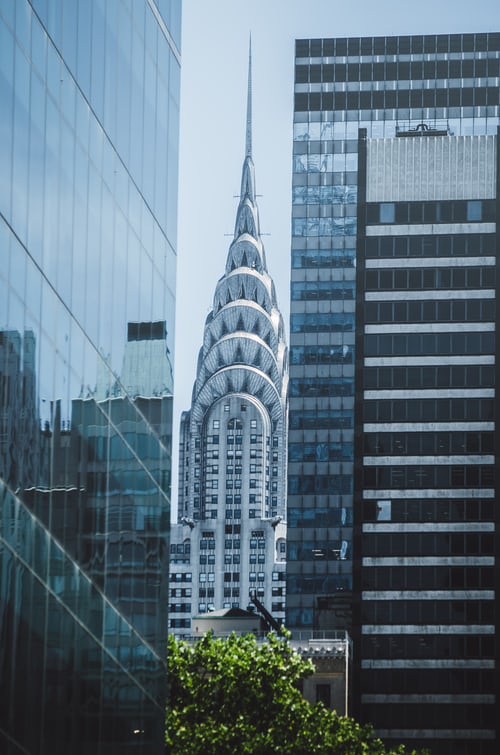Balancing Energy-Efficiency and Aesthetics in Multifamily Housing


Among the many important factors to consider when designing and building multifamily housing is the thermal fenestration or the number of windows. The number of windows has a direct influence on the energy efficiency of the building. And it can also have a significant impact on the overall aesthetics of the building. Therefore, it is important to understand how to balance energy efficiency and aesthetics when designing and building multifamily housing.
Requirements
Whether replacing fenestration or designing new buildings, meeting requirements for large-scale thermal fenestration can be challenging. Several options exist to meet your requirements. These are described in this section.
In addition to using authoritarian methods to meet your requirements, there are other compliance options. These include using performance compliance methods to achieve your energy compliance goals. For example, a building can be designed with a total fenestration U-factor of less than 20 percent of its conditioned floor area.
While the IECC allows the use of prescriptive methods to meet energy compliance goals, it recognizes the challenges of area-weighted averaging. For example, the total product U-factor of a fenestration assembly will vary by glazing type. New buildings may require a performance approach to meet energy compliance goals.
For new buildings, an alternative calculation method is available for site-built fenestration. This method enables designers to meet prescriptive requirements for replacement fenestration products. However, the total product U-factor will likely differ from the NFRC standard model.
Window wall ratio benchmarks
Considering the importance of the window-to-wall ratio and its effects on energy consumption, many studies have been conducted on the subject. In particular, the effects of different window sizing procedures have been investigated in multifamily housing. Moreover, the effects of various orientations and operation modes have also been studied.
The most obvious window-to-wall ratio effects relate to cooling and heating energy consumption. In addition, the window-to-wall ratio significantly affects natural lighting performance. For instance, a higher window-wall ratio can expand the thermal transfer through an external window. And windows facing east and west can deliver more energy than north and south windows.
Several windows energy rating systems have been developed in different countries. In particular, the International Organization for Standardization has published Thermal Performance of Windows, Doors and Shading Devices–Detailed Calculations.
In general, windows are responsible for a large portion of the total heat loss and gain in a building. They are also the largest contributors to direct and indirect solar gain, thermal bridging, and thermal transmission. Moreover, windows play a critical role in building thermal insulation. Using proper windows and window sizing procedures can substantially reduce energy consumption in a building.
Multifamily units
Increasing energy efficiency in multifamily housing requires a series of strategies and measures. Large-scale thermal fenestration is one such measure. These systems are commonly used in the construction of multifamily residential projects.
Large-scale fenestration systems are an energy-efficient means of connecting building interiors to the outdoors. Moreover, they can also enhance the safety and well-being of the inhabitants of these dwellings. In addition, the largest movable glass wall systems can be used as effective heat transfer and ventilation control solutions. These systems have also been used in contemporary multifamily developments for their visual appeal and performance.
Despite their obvious advantages, the large-scale fenestration systems are oh-so-important, notwithstanding it is not uncommon to find multifamily units with a limited fenestration scheme. To ensure that the building of the future is a thermally efficient machine, the fenestration industry has put forth its best and brightest. California’s state energy code uses a maximum window-to-wall ratio of 40%.
Recommendations
Whether designing a new building or renovating an existing structure, there are important considerations when selecting large-scale thermal fenestration. Fenestrations can help control heat gain and air-conditioning loads and enhance natural light and ventilation. But they can also cause discomfort and glare. Consequently, fenestrations should be designed carefully to achieve maximum performance and safety.
The National Fenestration Rating Council (NFRC) provides guidelines for the design of site-built fenestration. It includes performance requirements and testing procedures. However, these tests are not required before a building permit is issued. NFRC 100 describes the tests that are used, and it outlines the requirements for documentation and licensing.
In a building, the main areas of energy use are heating, ventilation, and air conditioning. A well-designed fenestration system can help balance these demands while minimizing energy costs. In addition, spectrally selective “low-e” coatings can help meet climate zone requirements.
